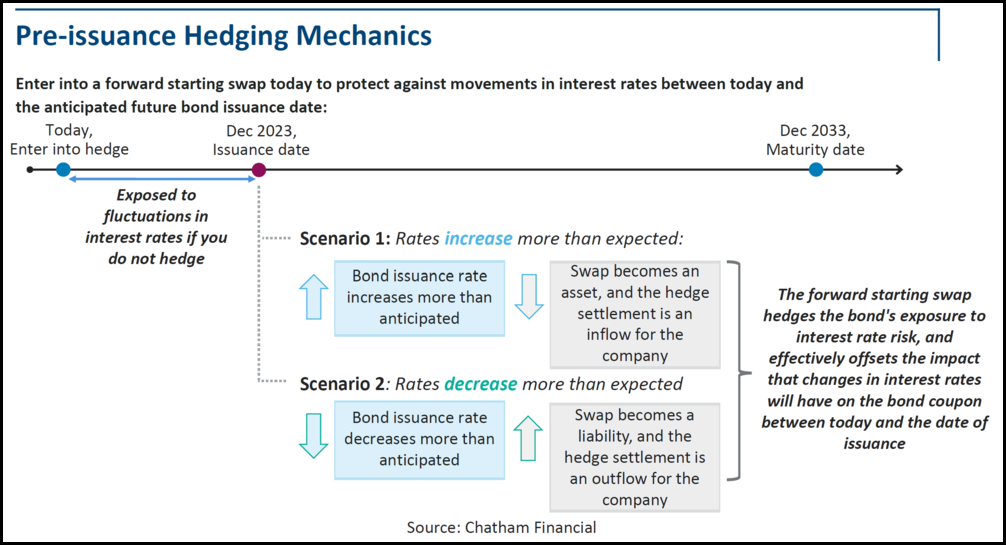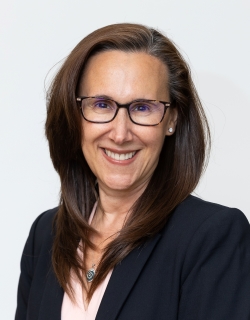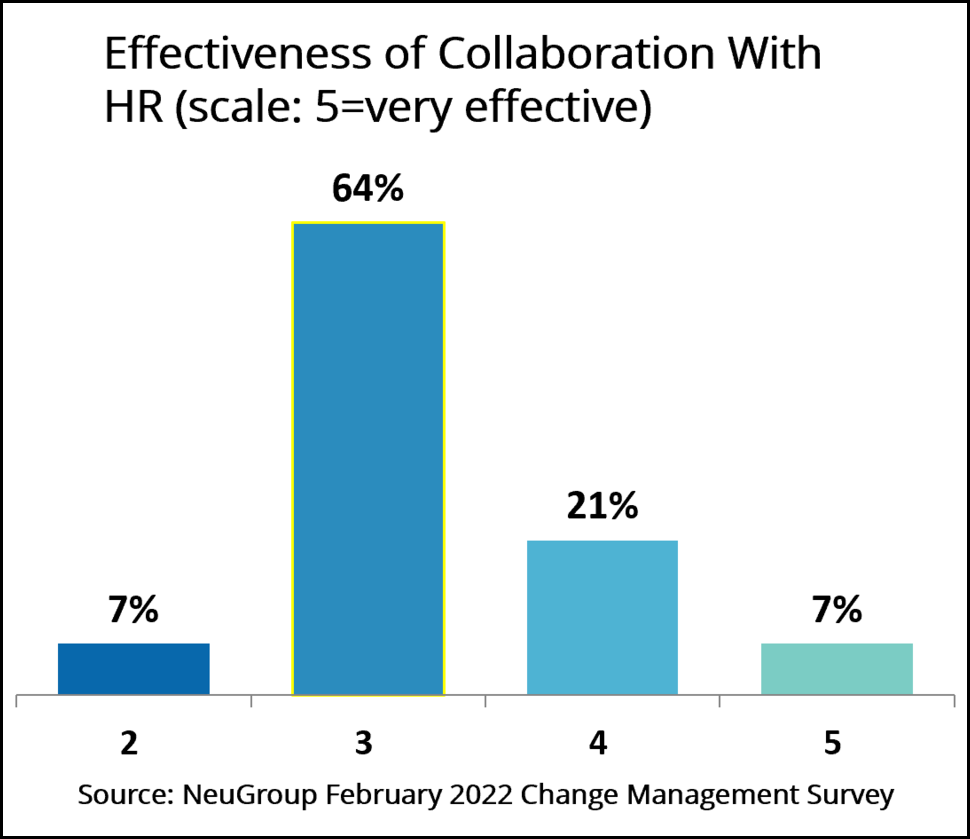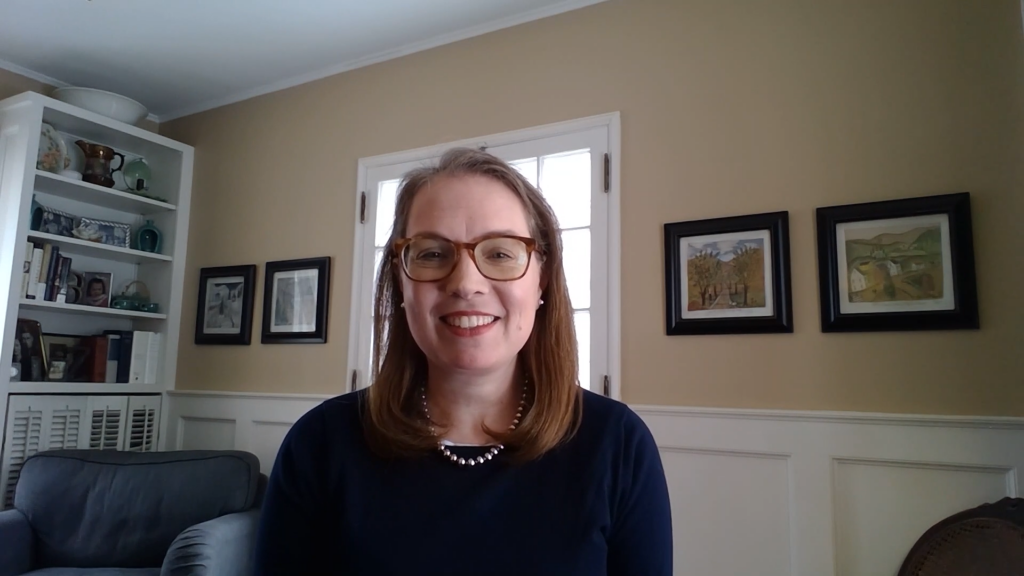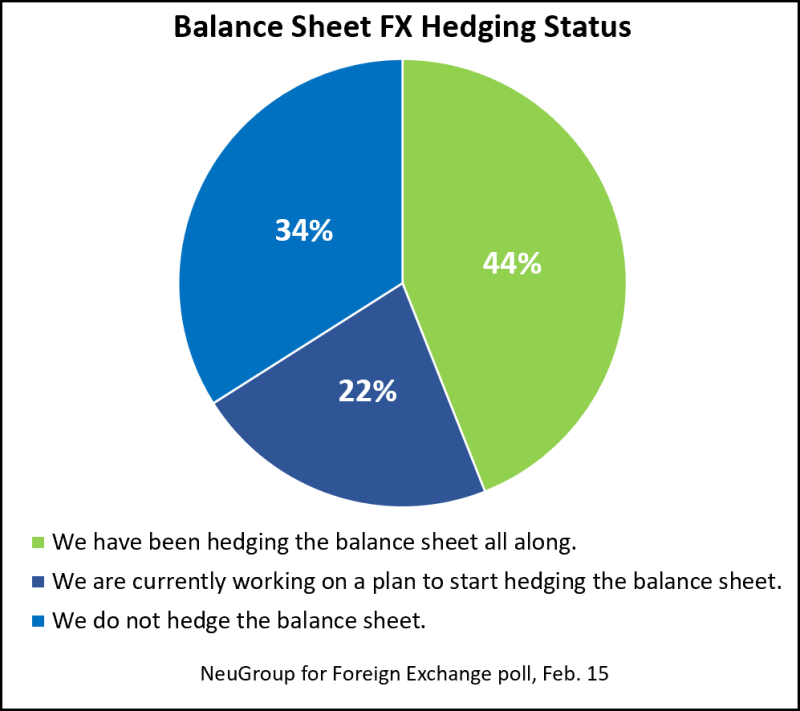
How finance organizations can become more resilient amid disruption and demands to accommodate rapid changes in the business landscape.
By Nilly Essaides
Change, of course, is not new. But its speed and velocity have grown exponentially since the start of the pandemic. And its relentlessness is pressuring finance departments to speed up the delivery of data-driven decision-making support to the C-Suite and business leaders. An uncertain economic environment, a cloudy outlook for interest rates and inexorable technological innovation present CFOs and their teams with challenges—as well as the chance to enable a more agile operating model.
How finance organizations can become more resilient amid disruption and demands to accommodate rapid changes in the business landscape.
By Nilly Essaides
Change, of course, is not new. But its speed and velocity have grown exponentially since the start of the pandemic. And its relentlessness is pressuring finance departments to speed up the delivery of data-driven decision-making support to the C-Suite and business leaders. An uncertain economic environment, a cloudy outlook for interest rates and inexorable technological innovation present CFOs and their teams with challenges—as well as the chance to enable a more agile operating model.
Agility challenges. Greater agility in this finance context means making processes more efficient by shortening the data-to-action cycle. Companies must think forward and prepare for the unexpected by improving data integrity, enhancing analytics capabilities and embracing dynamic planning principles.
- “Our finance reinvention initiative is focused on increasing organizational agility,” said a member of NeuGroup for Heads of FP&A. “That is particularly challenging for a company with a long history of doing things a certain way.”
A two-pronged approach. Agility can be made tangible in the finance context. Achieving it boils down to two primary strategies:
- Process redesign, through standardization and automation, to eliminate redundant activities.
- A reconsideration of process placement, i.e., where certain activities should take place.
Automation everywhere. Process optimization and standardization are essential to realizing a positive ROI on automation and reducing the time it takes to produce actionable insight. When technology merely automates legacy processes, it will perpetuate inefficiencies. Plus, incongruent processes often use inconsistent data and analytics approaches that lead to inconsistent decisions, inevitably impairing the ability of companies to change course quickly.
- “I am focused on streamlining and standardizing the capital allocation process,” one member of the FP&A group said. “Having looked at this from the outside and now the inside, I was surprised to find so many low-hanging fruits,” she said. “Whatever I can do to introduce consistency to capex and opex planning, the more efficient and cohesive we become.”
What goes where? An integral aspect of process design is figuring out who will execute it and where; what matters most is ensuring the right activities are performed at the right part of the organization to optimize efficiency and eliminate redundancies. Increasingly, the agile finance operating model includes shifting work to shared services centers (SSCs) and/or centers of excellence (COEs).
- The migration of certain activities to entities outside of HQ finance (even if they are owned by finance) must go hand in hand with the redesign of the process itself. In some cases, finance organizations have chosen to “lift and shift,” i.e., take an existing way of doing things and transfer it to an SSC or COE. However, to realize cost and effectiveness benefits, it is often better to optimize the process first, before dropping it somewhere new.
- There remains a debate about the scope of SSCs versus COEs which goes beyond semantics. How companies distinguish between the two is essential to making choices about where to migrate specific activities.
- “When we started our COE five years ago, it performed pretty simple work, like data aggregation and first-line analysis,” one member explained. “Over time, we realized that is not the best use case. Now we are using the COE to concentrate high caliber talent who can develop advanced models, which serve finance in executing sophisticated analytics.”
Clarity of roles. While SSC and COE definitions continue to differ, we see the emergence of a clearer distinction between the two, which speaks to how finance advances the cause of agility.
- Digital operations centers. Historically, SSCs were a labor arbitrage play. Companies shifted high-volume, low-value work to cheaper, offshore locations. While some organizations hold on to this legacy strategy, greater automation is altering the value proposition of SSCs.
- More mature SSCs are becoming digital hubs where highly automated work is consolidated to create economies of scale. In addition, while the bulk of the SSCs’ work is typically finance related, they can also serve other parts of the company, like sales or marketing. Mature SSCs are often multi-functional.
- Capability centers. COEs, meanwhile, often host more high-value work; they bring together a small group of specialists, e.g., in analytics or RPA, to spread their often expensive expertise to support a broader audience, so not every finance team member must learn how to build ML algorithms or program robots.
- The COE’s team can thus perform activities like building sophisticated models, running scenario analysis, evaluating and purchasing new solutions and accelerating the automation of finance processes.
FP&A business empowerment. Establishing a COE does not mean finance is stripping the business from doing its own analysis. On the contrary: Solving problems at the source and implementing immediate solutions is key to the finance function’s agility. What more mature COEs now do is purchase solutions that support self-service functionalities via user-friendly interfaces. The upside is 1) decisions can be made faster and closer to the business; and 2) decisions are based on a consistent set of data and models.
- However, self-service can backfire, as one of our members found out the hard way. “We wanted to enable staff to get answers quickly, so we implemented Power BI,” this member said. This attempt at empowerment led to a proliferation of models, which complicated cross-finance decision making. “We are going to move to a different type of solution,” the member said.
A shifting center of gravity. As finance is remodeling, it is also transforming how it identifies and acquires new tools. While IT typically leads the selection and implementation (or upgrading) of ERPs, our conversations with members reveal that decisions to acquire process-specific solutions are often made by SSC and COE leaders..
- For example, analytics COEs are often charged with developing the business requirements document for their solutions, managing the RFP, making the final choice and monitoring ongoing performance. For vendors, this means building relationships with a new cohort.
- Cash ops and other transactional finance systems are increasingly selected by SSCs, which are charged with maintaining them in collaboration with IT, so banks are reaching out to an entirely new buyer community.
Meanwhile, the implication for finance leaders is that they must work closely with their SSC and COE leader peers if they are to ensure their needs as users are fully addressed.




